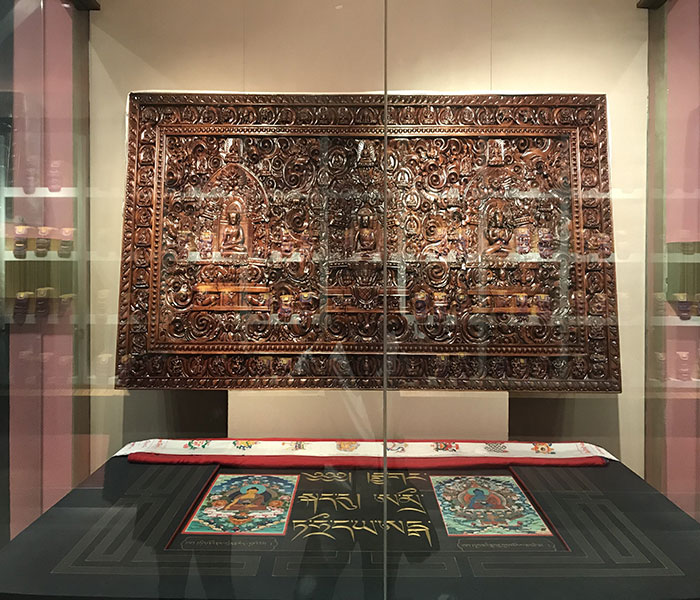In the halls of museums, works of art quietly tell the story of history and civilization. However, these precious cultural heritages are not only facing the threat of natural aging in years but also have to withstand the test of environmental factors. In this process, museum glass plays a crucial role as an important protective layer for artifacts. In this paper, we will discuss how museum glass can become a key ‘window’ for cultural heritage protection and analyze its role in the protection of works of art.
I. Preventing Physical Damage
High security: museum glass has very high strength and robustness, able to resist external impact, vibration, and even violent damage, to protect works of art from accidental damage.
Protective function: specially designed bulletproof glass and shock-resistant glass provide additional protection for precious artworks, ensuring safety under certain conditions.
II. Controlling environmental impact
UV protection: UV rays are one of the main factors causing the aging of organic materials. The museum glass effectively blocks up to 98% or more of UV rays through a special UV protection coating, slowing down the fading and aging of artworks.
Temperature and humidity regulation: By adopting a double or triple glass structure and adding inert gas to it, it effectively isolates the temperature fluctuation and humidity change in the outside world, creating a stable display environment for the artworks.
Third, chemical stability
Anti-chemical erosion: High-quality museum glass can resist the erosion of chemicals, such as acidic gases and harmful solvents, and protects the artworks from the damage of chemical substances.
Anti-pollution: the surface of the glass after special treatment can reduce the adhesion of dust and pollutants, easy to clean and maintain, to avoid contamination of the artwork.

Fourth, light management
High Transparency: The museum glass has high light transmittance to ensure that the audience can appreciate the real appearance of the artwork while reducing the potential harm to the artwork by internal lighting.
Light scattering technology: Through special surface treatment technology, the museum glass can evenly scatter light, reduce glare and glare, and provide softer lighting conditions for the artworks.
V. Exhibition and Education
Interactive experience: Combined with touch technology and multimedia, museum glass can also be used as part of an interactive display, increasing audience participation and learning experience without compromising the safety of the artwork.
Information Delivery: By embedding transparent displays or using augmented reality technology, more interpretation and knowledge can be provided to the audience without obscuring the artwork.
VI. Challenges and Future
Technological innovation: With the development of technology, future museum glass will need to be both more versatile, such as self-repairing and self-regulating light, to cope with more diverse conservation needs.
Cost-effectiveness: High-performance museum glass is often accompanied by high costs, how to achieve effective cost control without loss of protective properties is a common challenge for manufacturers and museums.
Museum glass is not only the physical interface between the artwork and the public, it is an indispensable line of defense in the protection of cultural heritage. It plays multiple roles in the protection of artifacts by preventing physical damage, controlling environmental impacts, maintaining chemical stability, managing light, and facilitating education and display. In the future, with the application of new materials and technologies, museum glass will continue to evolve to better serve the preservation and dissemination of cultural heritage worldwide. It not only guards the safety of cultural heritage but also guarantees the continuation of the historical story, leaving valuable knowledge and inspiration for future generations.





